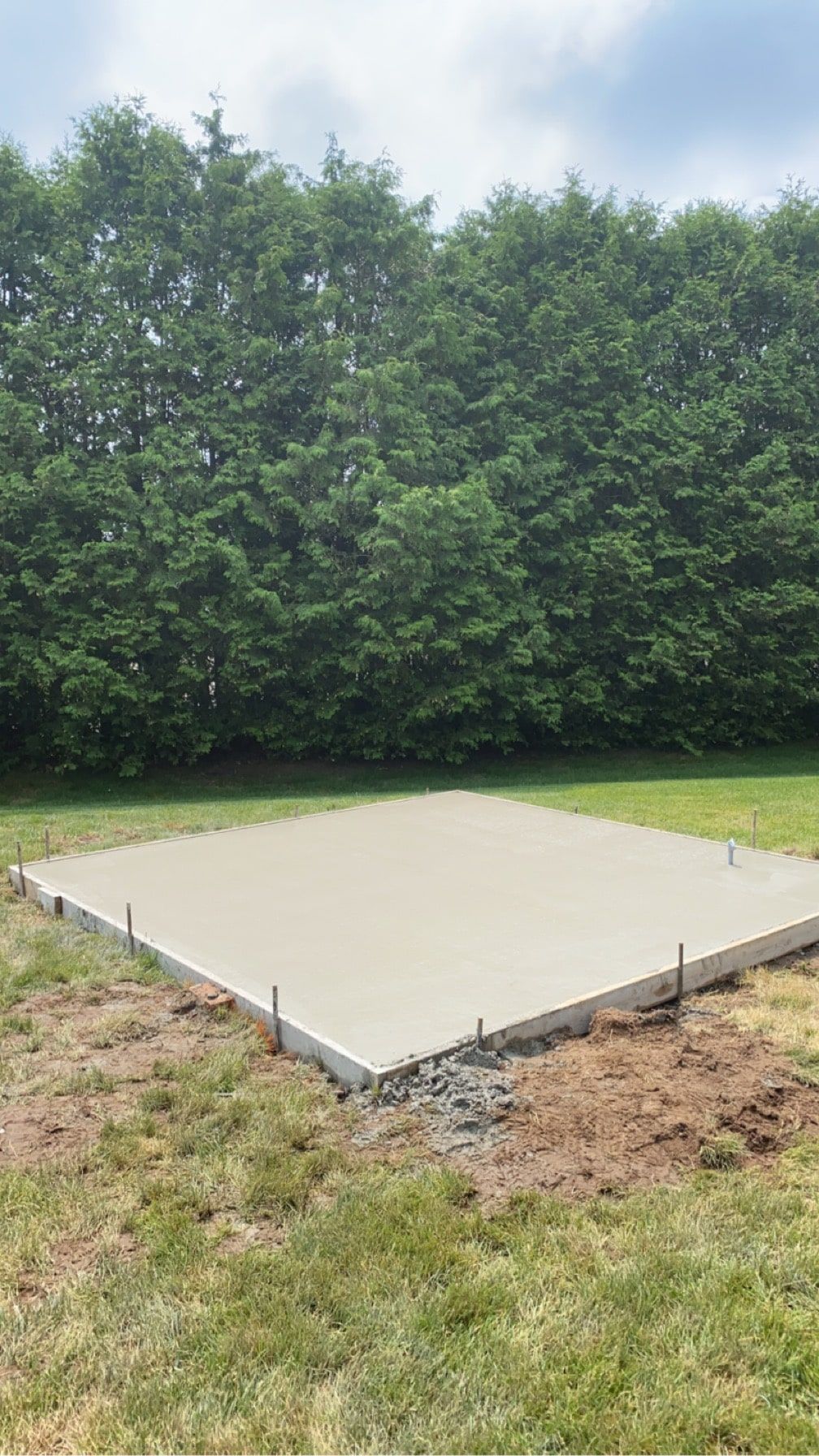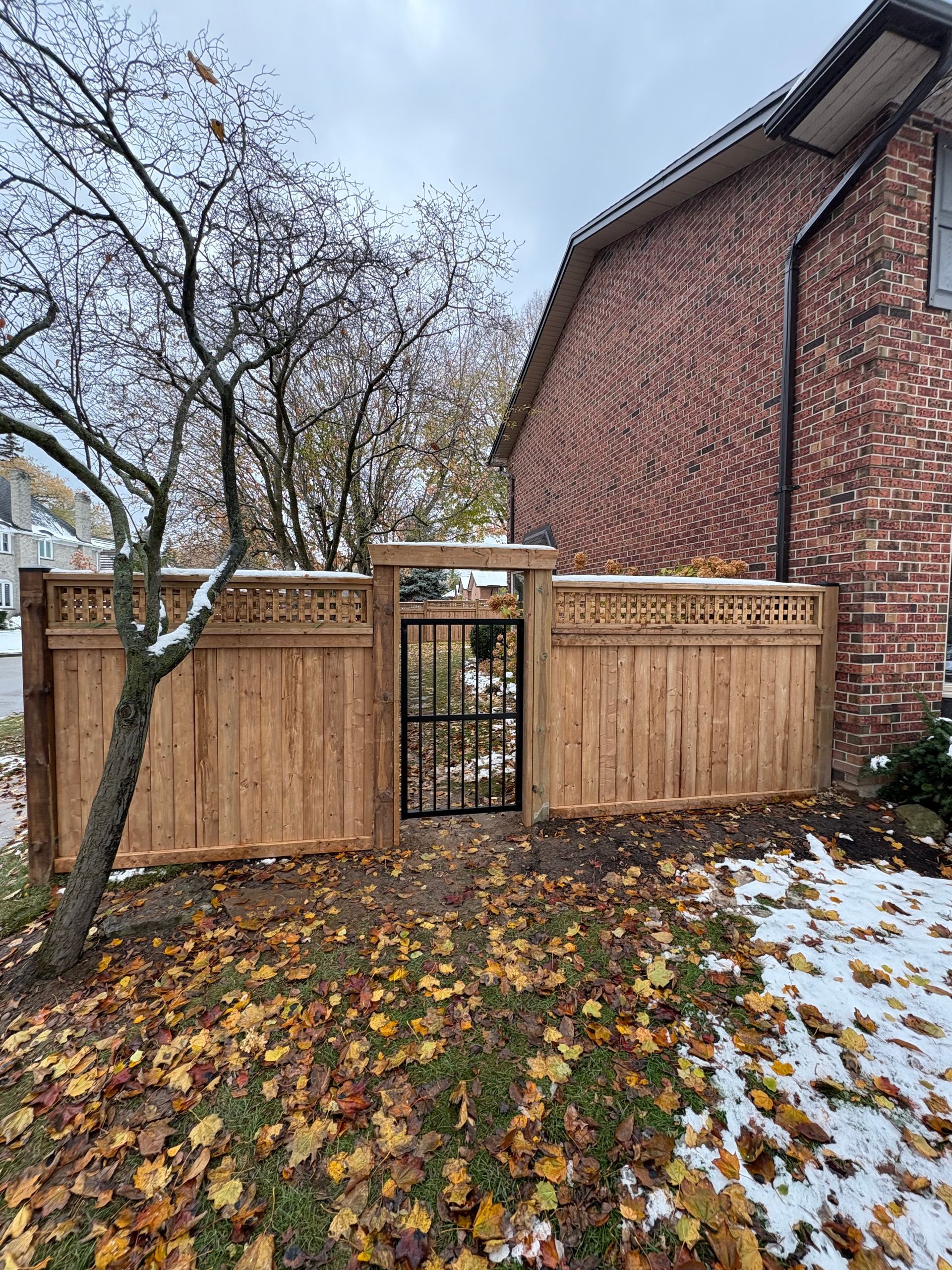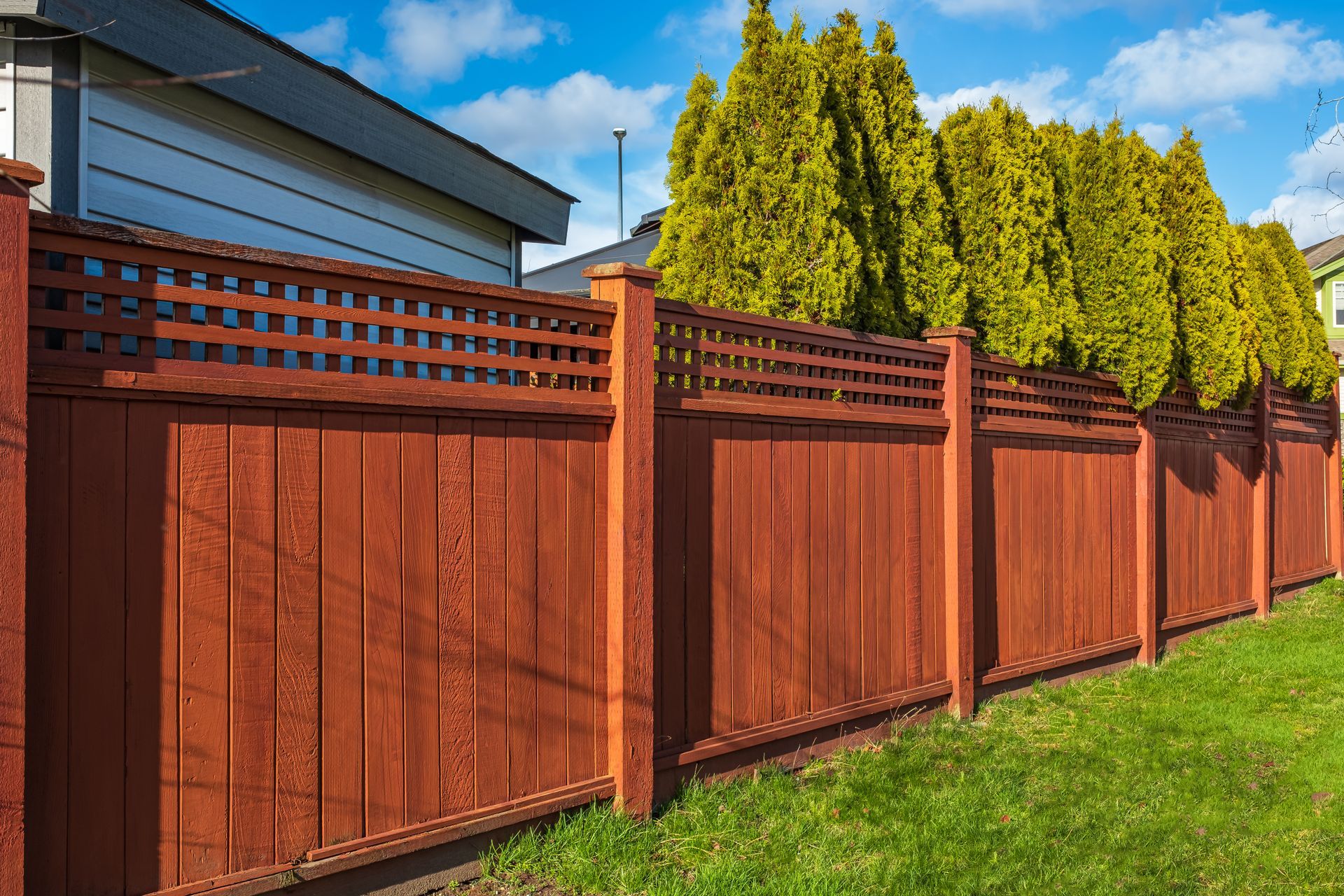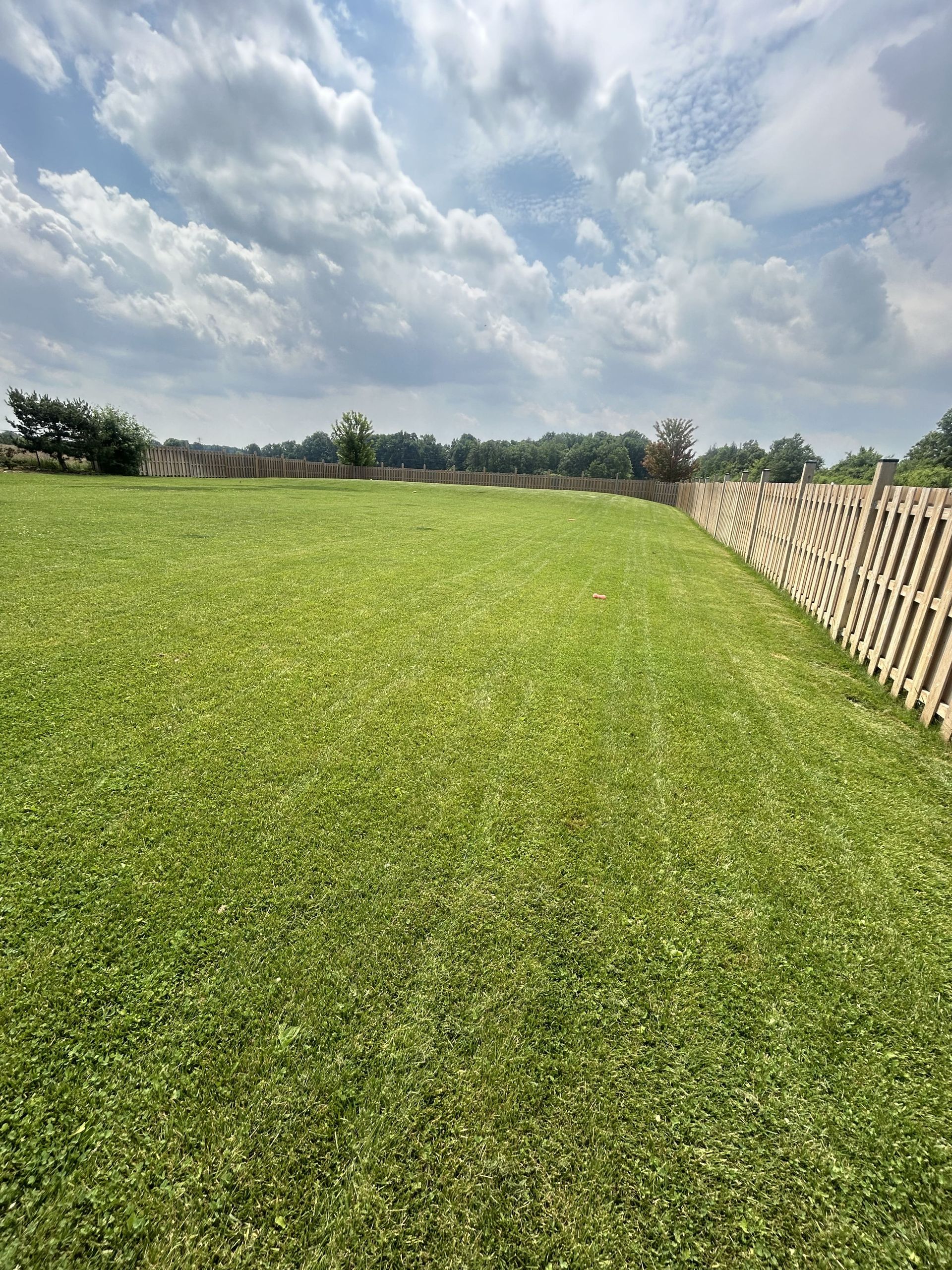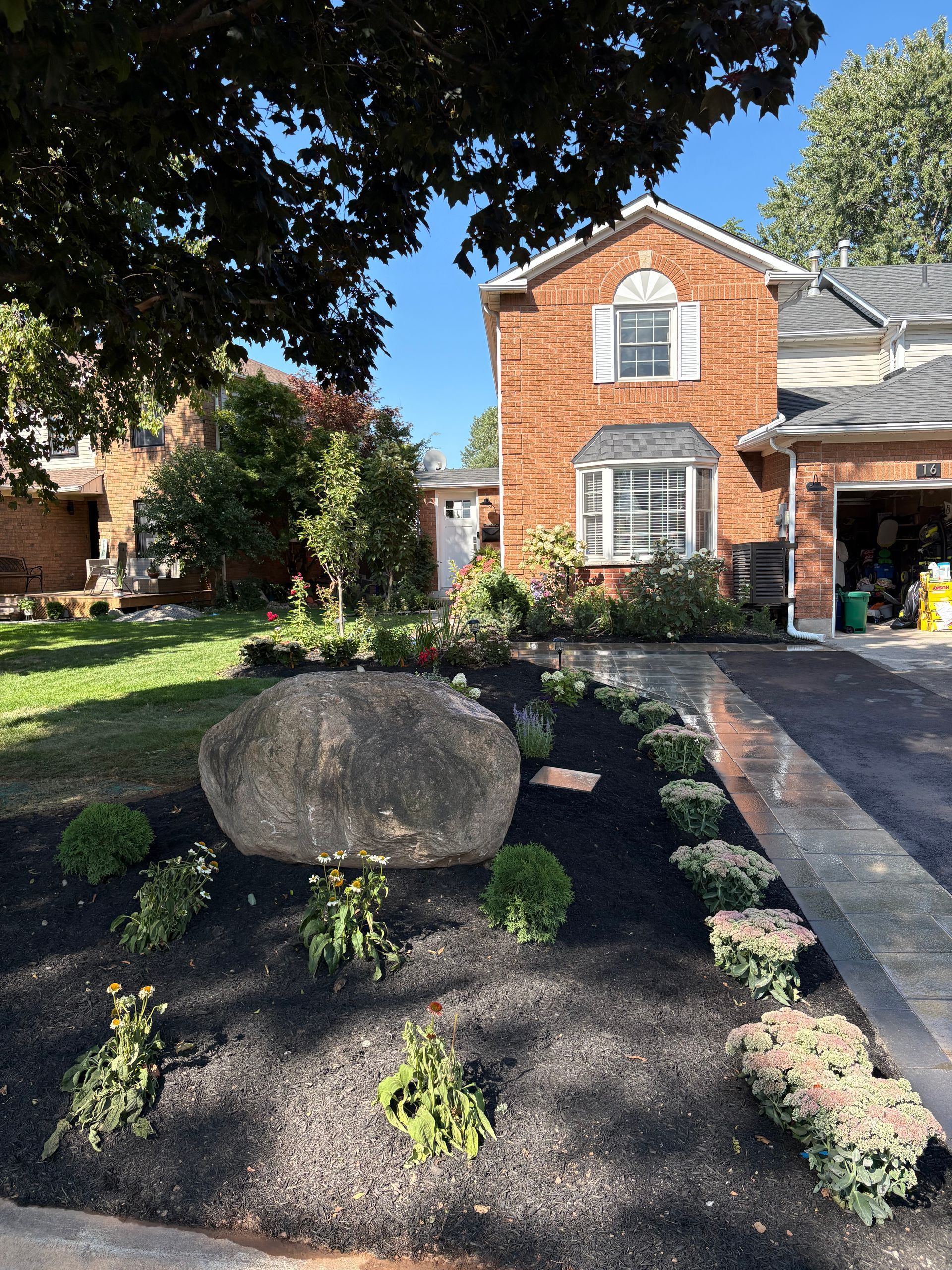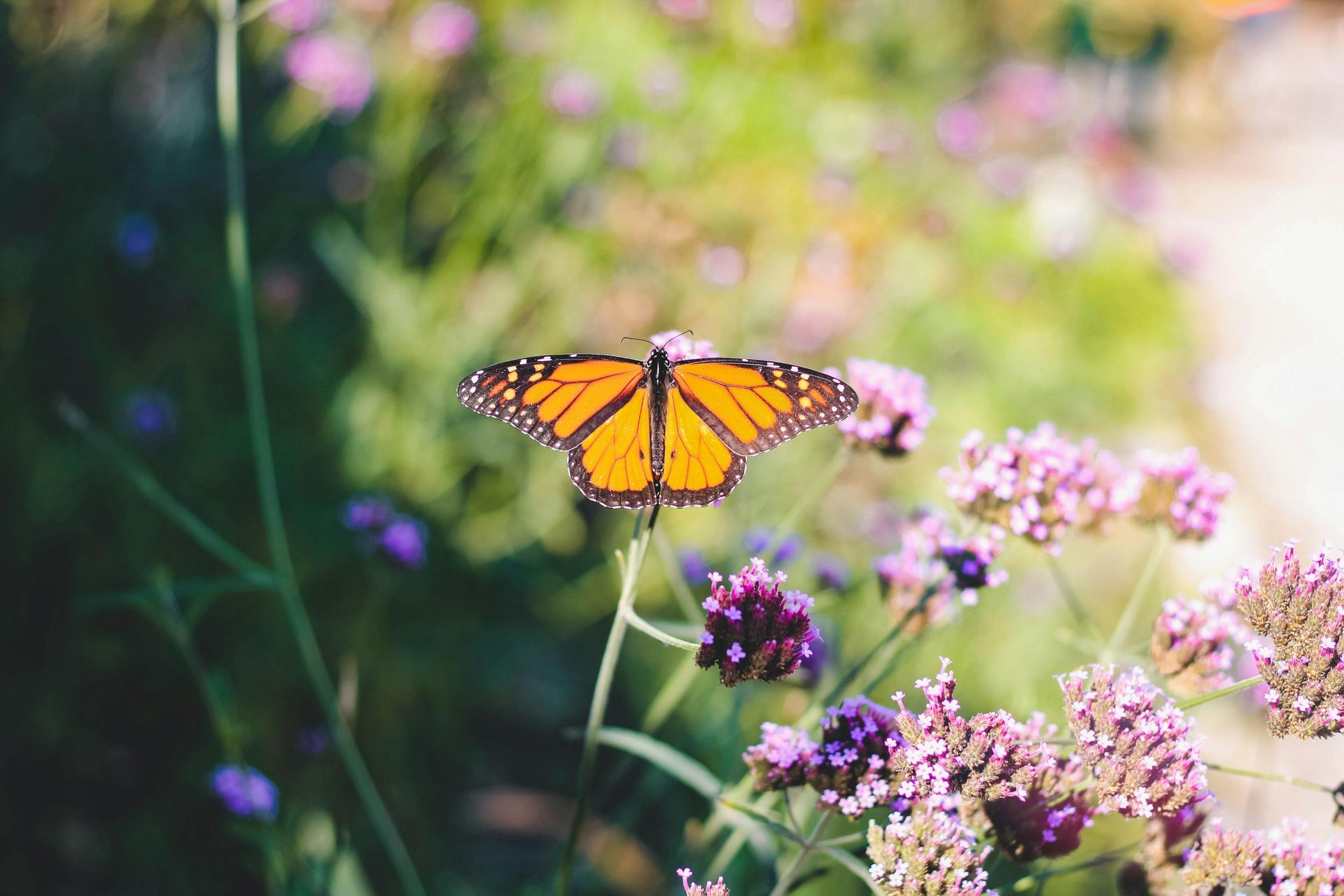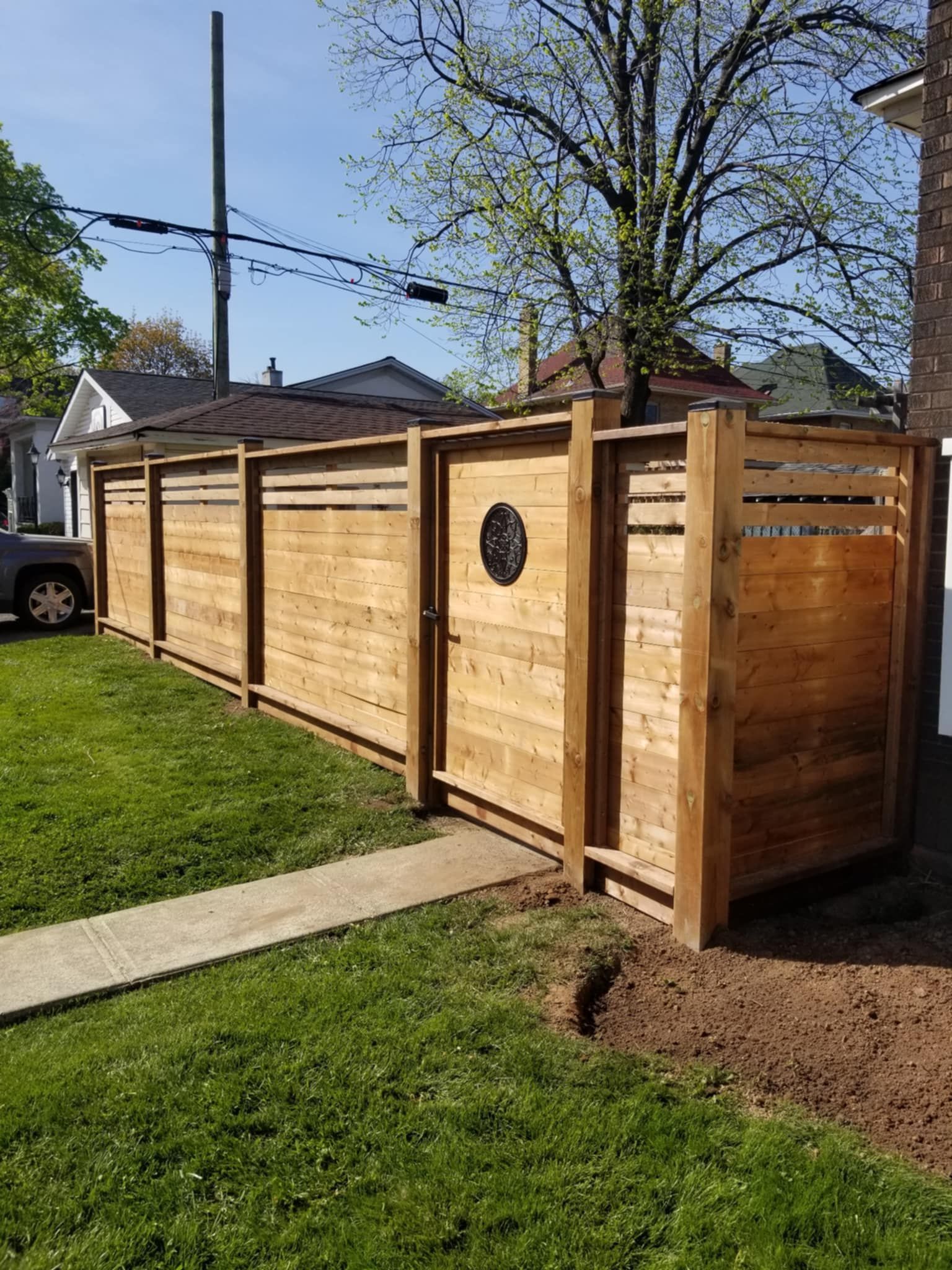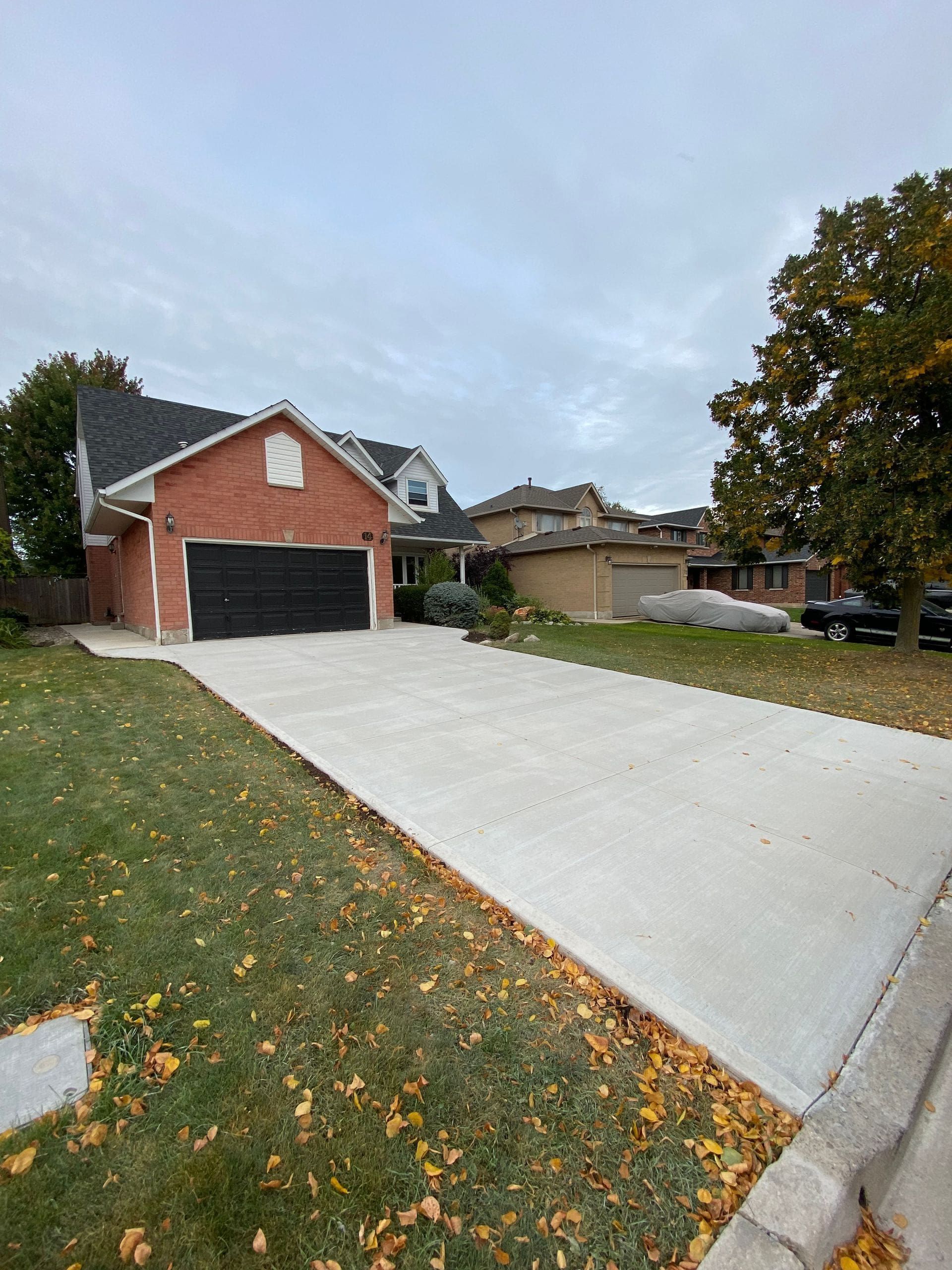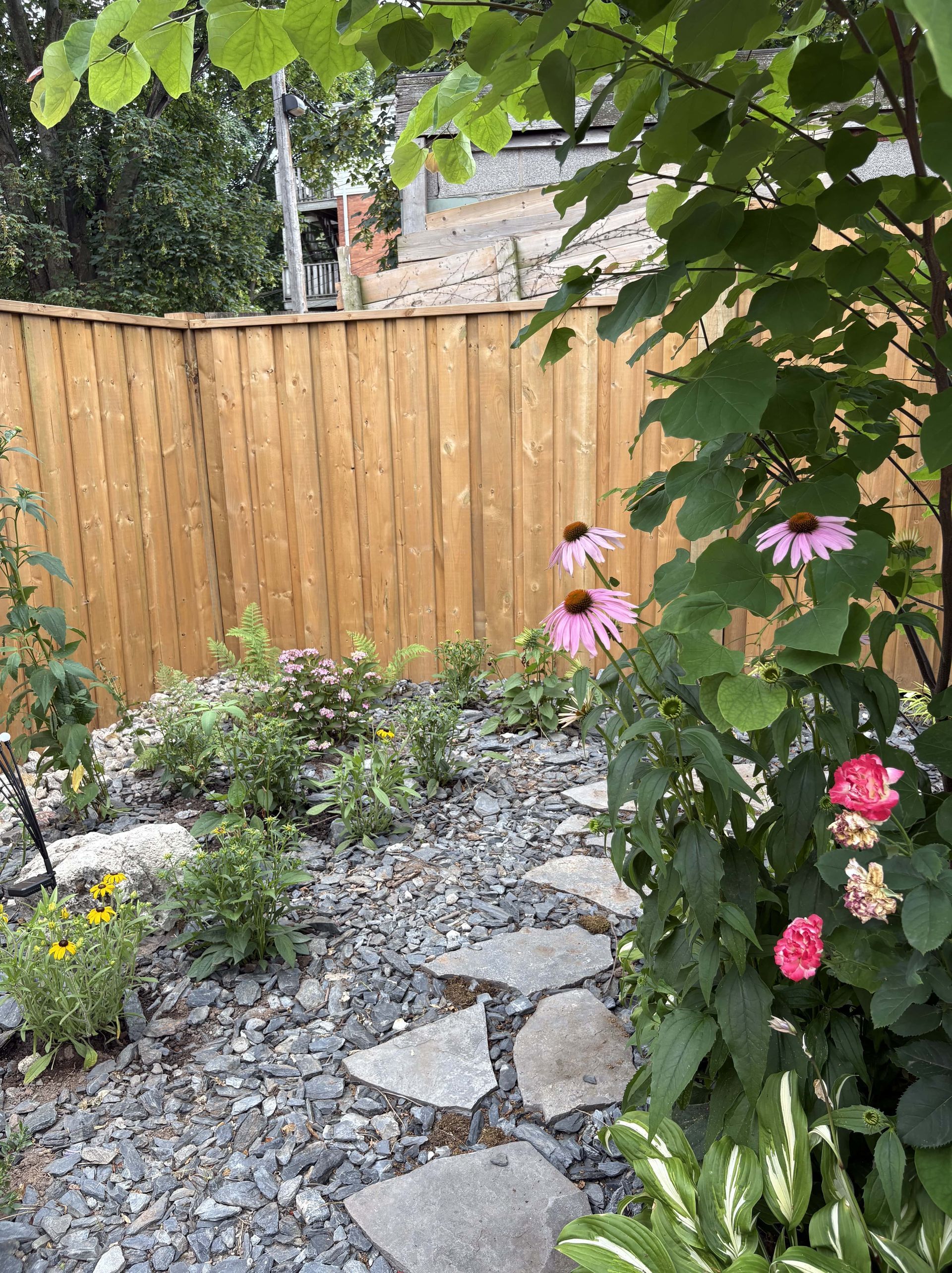The Benefits of Sod vs Grass Seed for Establishing a Lawn In the Hamilton & Burlington Area
The Benefits of Sod vs Grass Seed for Establishing a Lawn In the Hamilton & Burlington Area
When it comes to creating a lush, green lawn for your home, there are a lot of options out there. From seed varieties and soil types to watering and fertilization schedules, the choices you make can have huge implications on how your lawn looks in the long run. One of the biggest decisions you’ll need to make is whether to use sod or grass seed as part of your landscaping plan. Both provide instant gratification - with flaws that depend on each particular situation - so understanding what makes them different can be key in selecting the best option for your lawn. In this post we'll look at some of the benefits and drawbacks associated with laying sod vs using grass seed when establishing a new lawn so you're equipped with all the information needed to make an informed decision about which route would be best for achieving success with your newly designed outdoor space.
Exploring the Pros and Cons of Installing Sod vs. Planting Grass Seed
When it comes to achieving the perfect lawn, homeowners in Hamilton have several options. They can either install sod or plant grass seed. The choice ultimately depends on their preferences and budget. Sod provides instant gratification and a uniform look, but it can be expensive. On the other hand, planting
grass seed
is more affordable, flexible, and customizable, but it requires patience and ongoing maintenance. Both options come with pros and cons, making it wise to consider the type of soil, climate, and usage before making a decision. Whether you opt for sod or grass seed, a well-maintained yard adds curb appeal and enjoyment for years to come.
Comparing the Cost of Laying Sod vs Sowing Grass Seeds
When it comes to achieving a lush, green lawn, homeowners often face the question of whether to lay sod or sow grass seeds. While both options can lead to a beautiful lawn, the cost may be a deciding factor. Sod installation typically comes with a higher price tag because the grass is already mature and ready to install, whereas sowing grass seeds is a more affordable option but requires more patience and maintenance. It’s important to weigh the cost and benefits of each option to determine which one best fits your budget and lifestyle.
Factors to Consider when Deciding Which Method is Best for Your Lawn
Maintaining a lush, green lawn requires more than just regular watering and mowing. Choosing the right method to care for your lawn can make all the difference in achieving the picture-perfect results you desire. Factors such as your climate, soil type, and grass species should all play a role in determining the best approach for your lawn. Should you opt for a traditional chemical treatment, or would an organic method better suit your needs? Perhaps aerating your lawn would prove beneficial, or maybe overseeding is the answer. Whatever method you choose, it's important to take the time to understand the unique needs of your lawn so you can make an informed decision and enjoy the beautiful results you desire.
Hamilton Sod Installation Tips and Best Practices
When it comes to
sod installation, there are a few key tips and best practices to keep in mind. First and foremost, it's important to work with experienced professionals who have a deep understanding of the local climate and soil conditions. That's why so many people in Hamilton turn to top-rated sod installers like Monarch Landscaping. There experts can help you choose the right type of sod for your property, prepare the ground properly, and make sure that your new lawn stays healthy and vibrant for years to come. Whether you're installing sod for aesthetic reasons or simply to improve the functionality of your outdoor space, working with the right team is essential for a successful outcome.
Preparing Your Soil for Grass Seed Planting
When it comes to planting grass seed, the most important step is preparing your soil. Proper soil preparation can make the difference between a patchy, weak lawn and a lush, healthy one. One crucial factor to consider is the pH level of your soil. Ideally, your soil should have a pH level of around 6.2 to 7.0 for optimum grass growth. You can adjust the pH level by adding lime to raise acidity or sulfur to lower it. It's also essential to remove any weeds, rocks, and debris from the soil to encourage healthy root growth. Finally, rake the soil to create a smooth, level surface and add a layer of compost or fertilizer to provide the nutrients your grass seed needs to thrive. With proper soil preparation, your grass will flourish, resulting in a beautiful, vibrant lawn.
The Best Types of Grass Seeds for Your Region
When it comes to having a lush, green lawn, choosing the right type of grass seed for your region is crucial. With so many options available, it can be overwhelming to make a decision. However, taking the time to research and select the best grass seed can make all the difference in the appearance and health of your lawn. By considering factors such as climate, soil quality, and sun exposure, you can narrow down your options and find the perfect seed for your yard. Whether you live in a hot and humid area or a dry and arid region, there is a grass seed out there to help you achieve the lawn of your dreams.
Maintenance Requirements for Each Type of Lawn Installation
Maintaining a beautiful lawn requires effort and knowledge of the individual requirements for each type of installation. For example, if you have a sod lawn, weekly mowing and watering can help maintain its lush, green appearance. However, if you have a seeded lawn, it will require more attention, such as daily watering and frequent mowing in the first few weeks after planting. Artificial turf may seem low maintenance, but regular cleaning and brushing will keep it looking great for years to come. Lastly, if you have a natural meadow lawn, it will need to be mowed less frequently and left to grow longer, creating a natural habitat for wildlife. Understanding the maintenance requirements of your specific lawn installation can help ensure its longevity and beauty for years to come.
Benefits of Hiring a Professional to Install Your Lawn
Creating a beautiful lawn takes time, effort, and expertise. You may have the perfect vision in your mind, but bringing it to life requires precision and knowledge. That's where the professionals come in. Hiring Hamilton Sod Installers from Monarch Landscaping can bring a wealth of benefits to your lawn installation project. They have the know-how to assess your yard, recommend the best sod for your turf, and install it in a way that ensures optimal growth. They also have a keen eye for design and will work with you to achieve the perfect look for your outdoor space. By handing over the reins to a professional, you can sit back, relax, and watch your dream lawn come to life.
In conclusion, there are numerous pros and cons to consider when deciding whether to install sod or sow grass seeds in your lawn. Sod installation is an effective way to quickly establish a lush, green lawn with minimal maintenance requirements compared to sowing seed. However, seed sowing can be a cost-effective way to nourish your soil while establishing the perfect lawn for your location.
To ensure a successful installation, it's important to consider cost, maintenance requirements, soil preparation and the best type of grass seed for your region before making a final decision. Consider hiring a professional landscaping company for expert advice about installing or planting your ideal lawn. At Monarch Landscaping, our team of experienced landscapers can assess your property and guide you on how to achieve optimal results that best fit your needs. No matter which option you choose, we can provide you with quality service at an affordable price. Contact us today and find out why we’re
Hamilton’s best sod installers!
